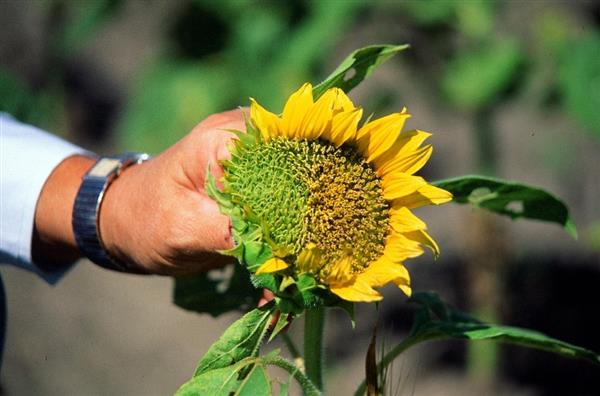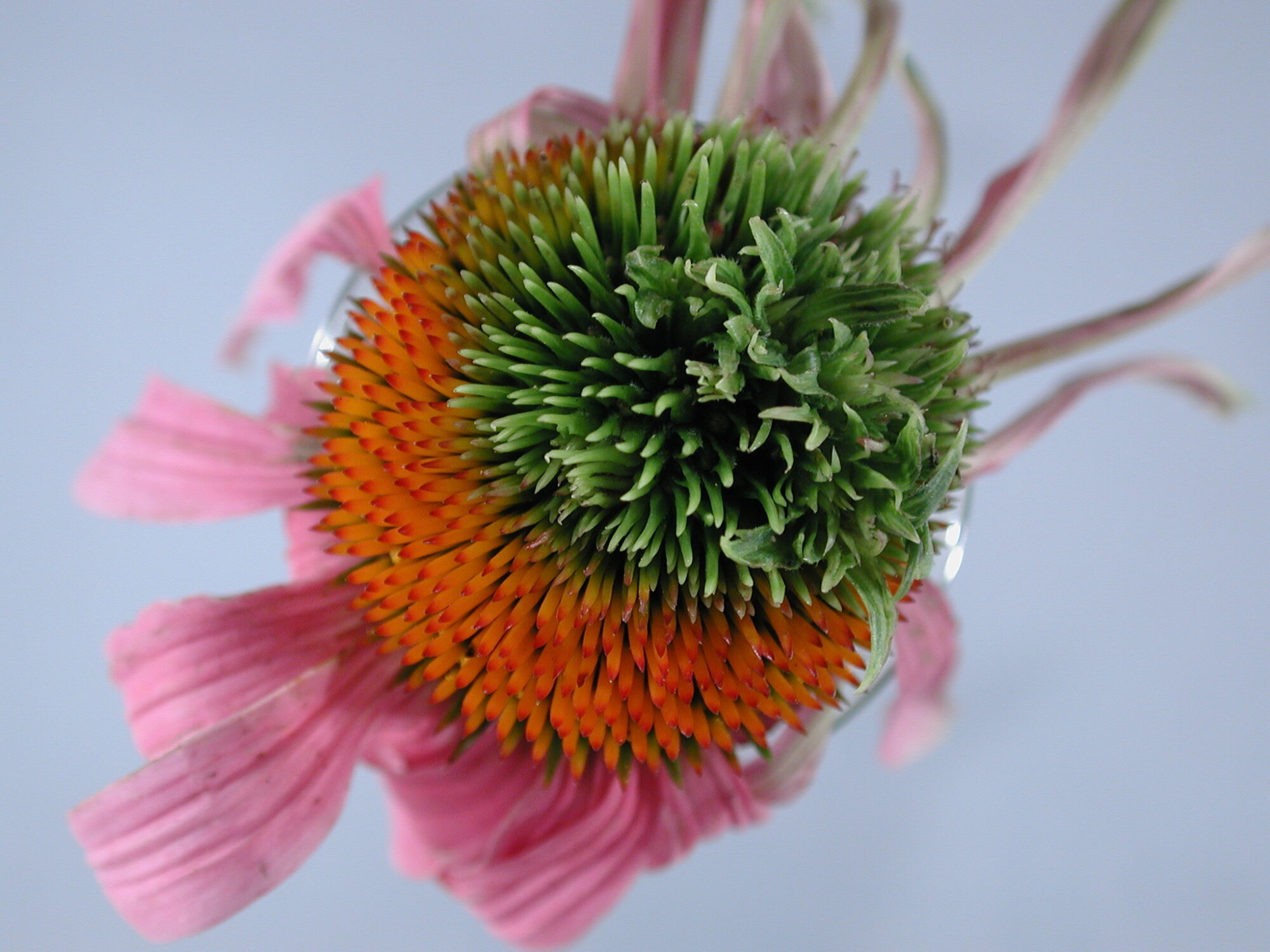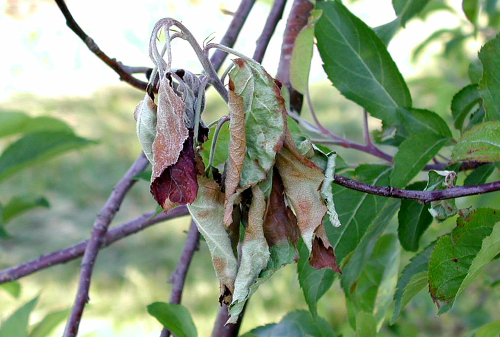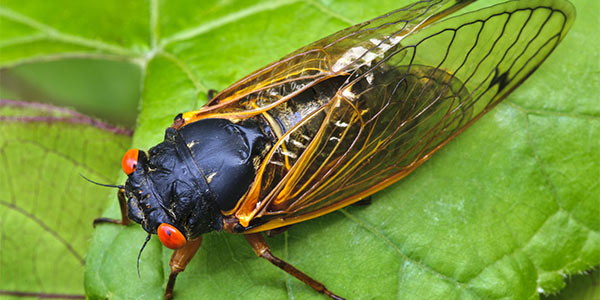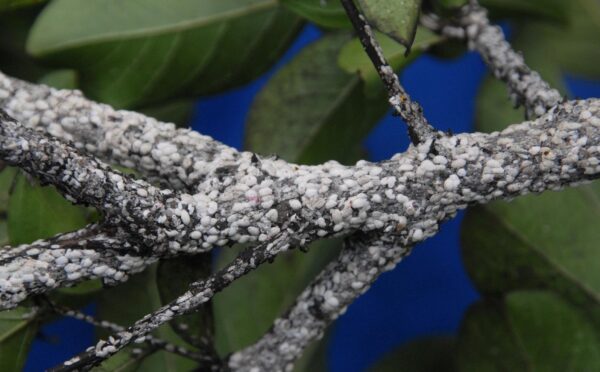Background on aster yellows disease
Aster yellows is a viral-like disease caused by a phytoplasma (formerly called a mycoplasma-like organism). Insects that suck the sap of plants, especially the aster leafhopper, vector the disease. Aster leafhoppers are insects that annually migrate northward from their winter home in areas along the Gulf of Mexico. Aster yellows is a disease that affects over 300 species of plants, including ornamentals such as aster, coneflower, zinnia, marigold, chrysanthemum, petunia, and snapdragon. Edibles affected include lettuce, carrot, tomato, and celery. Grasses and grains also are hosts. Weeds that may harbor the disease include plantain, dandelion, and other broad-leafed weeds.
Aster yellows is primarily transmitted by leafhoppers. When a leafhopper feeds on a plant infected with aster yellows it becomes “infected” with the phytoplasma and remains infected throughout its life. The phytoplasma cells multiply and cause infection of the insect’s salivary glands within one to three weeks. When the infected insects feed on healthy plants, they inject the phytoplasma cells into the plant phloem. Susceptible plants will be symptomatic in 10 to 40 days.
The spread of aster yellows is worse in cool, wet summers. Hot dry weather is not favorable for either the phytoplasma or the leafhopper. As with many disease and pest problems, diagnosis is perhaps the most important factor in controlling aster yellows.

A somewhat similar appearing problem on coneflowers is caused by an eriophyid mite. Experts are still sorting this problem out but the lower pictures on this page may be caused by this yet unnamed eriophyid mite. At present the common name used for this disorder is coneflower rosette mite. It may be a controllable problem through sanitation practices (disposal of all affected flowers as they appear and all foliage in the fall) unlike aster yellows for which there is no cure other than to destroy infected plants.
Symptoms and Diagnosis
Chlorosis, yellowing of the leaves while the veins remain green, is a major symptom of aster yellows. Growth slows down and leaves may be smaller and more narrow than usual. Foliage is sometimes curled. Flowers may be deformed and exhibit bizarre tufts of deformed leaves inside the flower or in place of the flower. Flowers may not produce seeds. The symptoms of the disease will often differ depending upon what species is infected. For instance, carrot roots may be bitter and hairy while lettuce may show pink or tan spots and have twisted inner leaves.
keith's comments
I haven’t seen this disease show up yet. I’ve had a few customers that have had symptoms like this. We are keeping our eye out for it, but this could be a future problem to keep an eye on. My advise would be to keep your yard in check for weeds and insects that can carry this disease. The weather will probably be the biggest problem with this yellows disease. lets face it, it is hot and humid here in the summer. This disease seems to not like dry heat as much which could be good for us in late summer / summer-fall. The problem is when we get lots of rain early summer around June. This keeps things cooler and this disease seems to prefer cooler hot wet weather. Best thing if you see something starting and you don’t know what it is, send us a picture. You can on the website or come in person and show us.
more pictures
